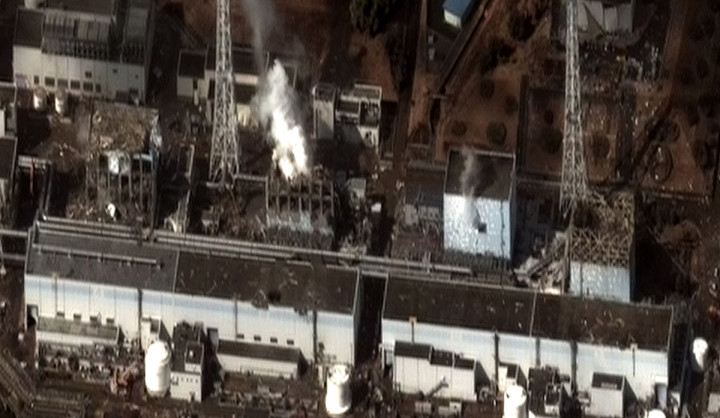Researchers say between 70 and 100 percent of fuel inside reactor 2 melted during 2011 disaster
At least 70 percent of nuclear fuel inside one of the reactors at the Fukushima Daiichi power plant melted down following the 2011 earthquake and tsunami, bringing the total of reactors which experienced meltdowns to three, according to a Japanese research team.
In fact, it’s possible that 100 percent of the fuel inside reactor 2 may have melted during the disaster, the researchers said over the weekend in Osaka, where they presented the results of their ongoing investigation. The team from Nagoya University and Toshiba Corp. investigated reactor 2 using muons—particles which are deflected by nuclear materials.
The findings, while expected, help move along the decommissioning process, which has been slow due to continued heavy radiation from the reactors. The project is expected to take decades to complete.
Meanwhile, climate groups continue warning of the meltdown’s long-term health and environmental impacts, including charges that pro-nuclear Prime Minister Shinzo Abe’s administration pushed Fukushima refugees to return to their homes even as radiation in the area remains “so widespread and at such a high level” that it is still unsafe to live in.
In August, Japan restarted a nuclear reactor at the Sendai power plant despite widespread opposition and public safety concerns. Former Prime Minister Naoto Kan publicly protested the move, joining a last-minute rally outside the plant where he warned that Fukushima “exposed the myth of safe and cheap nuclear power, which turned out to be dangerous and expensive.”
“Why are we trying to resume nuclear power?” he said.










